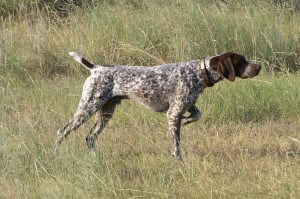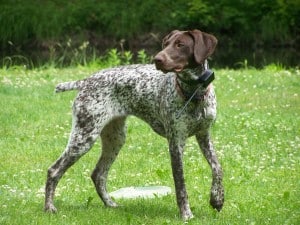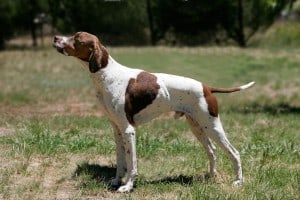
Pointers are valued for their bravery and ability to hunt for long periods of time without tiring. They are used to hunt birds and they usually work in pairs. The first dog to smell game freezes and points in the direction of the quarry followed by similar actions by its partner. They are used primarily to scent game, though some will also retrieve. In the home, the Pointer is friendly, especially towards children.
They are also good dogs to have in homes where there are other pets. Pointers can be responsive to obedience training. However, since they are somewhat independent animals, the training should be firm and ongoing. Pointers do not make good guard or watchdogs because they are usually friendly towards strangers. They make bark occasionally when strangers approach, but otherwise they are fairly quiet. Pointers are not good dogs to keep in apartments or other small, urban environments. They do best in suburban or rural areas where they have plenty of room to exercise.

The exact ancestry of the Pointer is unknown. However, it is likely that the Pointer descended from the Spanish Pointer, with other breeds such as the Old English Pointer and the French Pointer mixed with the Spanish. Pointers have competed in shows since the late 19th century. They are very successful, both in field trials and in the show ring. The Pointer was a participant in the first dog show in the British Isles, held in 1859. While it is not acceptable in some places such as the United States’ AKC, some people refer to the Pointer as the “English Pointer”.

One of the most common health problems associated with Pointers are seizures. It is important that prospective buyers inquire about seizures before purchasing a new puppy . Pointers may also be susceptible to hypothyroidism… usually in older dogs, however, juvenile hypothyroidism is believed by some to be a causative problem for bringing on seizures. Some other health problems that may be associated with the Pointer include cataracts, progressive retinal atrophy, deafness, entropion and umbilical hernia.
